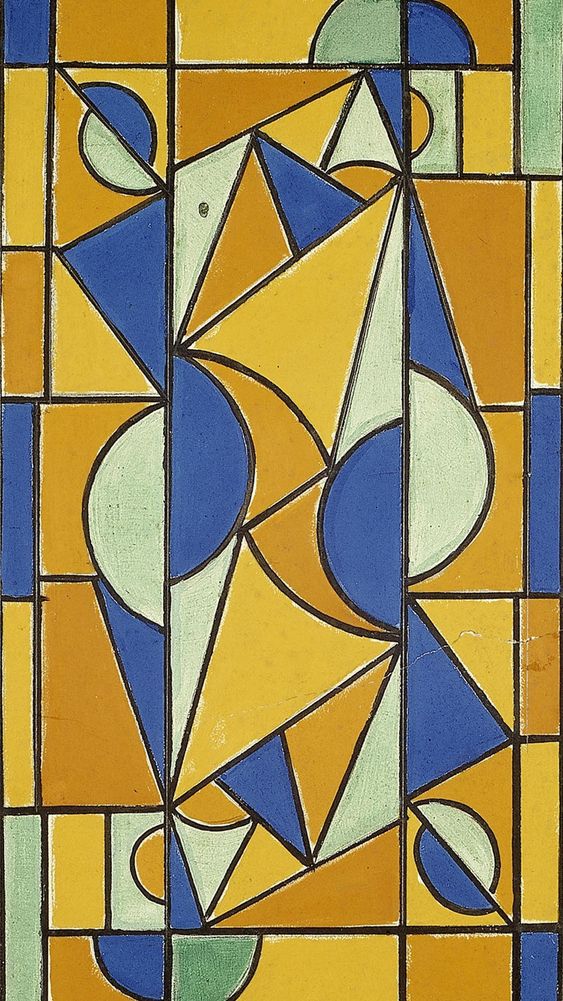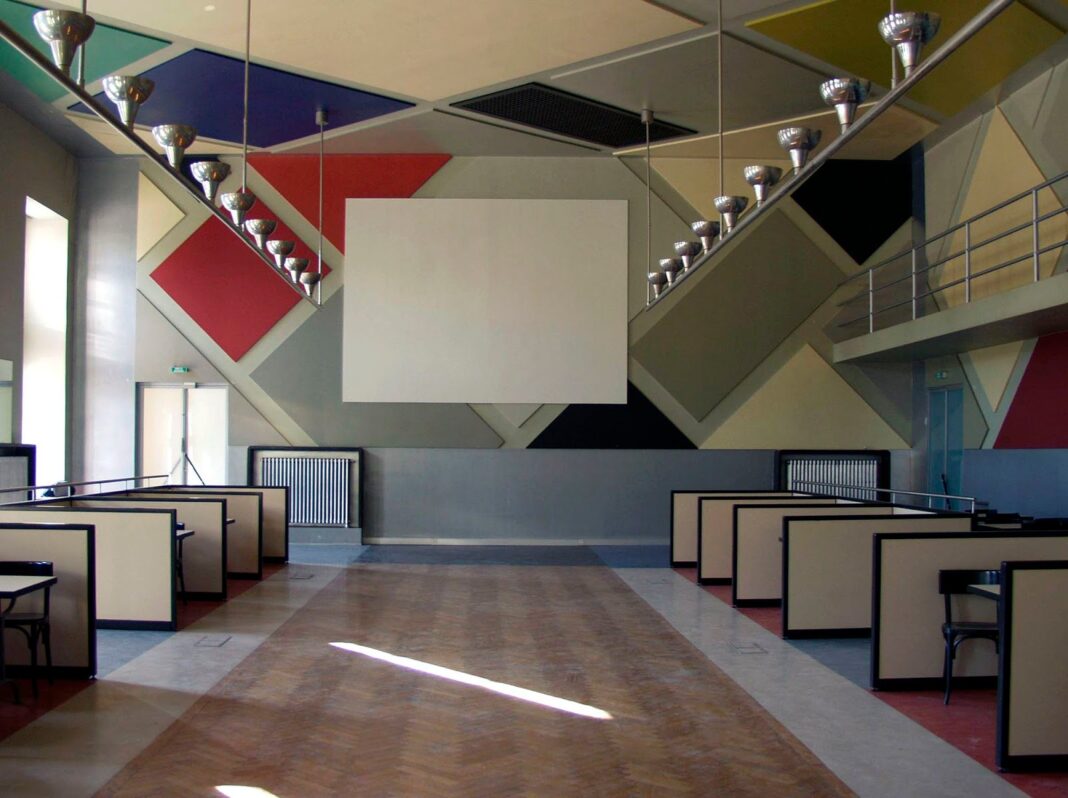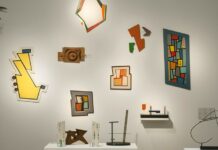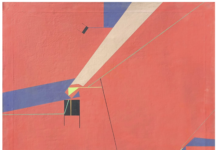Elementarism
In modern art, “Elementarism” is a modification of Neo-Plasticism, which is a style characterized by geometric abstraction and is a derivative of the De Stijl movement. This movement was founded by Theo van Doesburg, a Dutch artist. With Elementarism, van Doesburg aimed to evolve the aesthetic framework of Neo-Plasticism. Neo-Plasticism was pioneered by Piet Mondrian, who advocated for a purist approach to abstract art in the aftermath of World War I.
Characteristics:
Neo-Plasticism adhered to De Stijl’s principles that aimed to distill art to its essential elements of form, color, and line. It imposed strict compositional rules such as the use of primary colors and vertical or horizontal lines in oil paint. In contrast, Elementarism sought to amend the rigidity of Neo-Plastic doctrine. Van Doesburg introduced diagonals and dynamic tilts to infuse artworks with movement and vitality.
The Elementarism movement included abstract painters Bart van der Leck and Friedrich Vordemberge-Gildewart, sculptor Georges Vantongerloo, and architects Gerrit Rietveld and J.J.P. Oud. Originating in Holland, Elementarism emerged as a response to the devastation wrought by World War I.
Gesamtkunstwerk – Synthesis of the Arts:
Van Doesburg coined the term “counter-compositions” for his new paintings, drawing superficial parallels with Futurism and Vorticism in their use of diagonals to symbolize modern life’s energy. However, influenced by movements like the Bauhaus and Russian Constructivism, Van Doesburg prioritized architecture and interior design. Like proponents of the Arts and Crafts movement and the Vienna Secession, Van Doesburg embraced Gesamtkunstwerk, envisioning a holistic synthesis of the arts applied to everyday design.
Relationship with Bauhaus:
Having critiqued the expressionist tendencies at the Bauhaus, Van Doesburg established his workshop nearby and engaged with figures like El Lissitzky, whose ideas on integrating art and architecture resonated with his own.
Art Theories:
Van Doesburg articulated his theories through articles and manifestos, notably in his 1924 essay “Towards a Collective Construction” co-written with Cor van Eesteren. He also published the Manifesto of Elementarism from 1926 to 1928 in De Stijl magazine.
Synthesis of Elementary Art and Architecture:
Van Doesburg’s innovative approach sought to harmonize Elementarist painting with architecture, generating visual tension between diagonal pictorial designs and the orthogonal structure of interiors. The renovation of Cafe L’Aubette in Strasbourg epitomized this approach, showcasing bold, colorful abstract reliefs against a backdrop of horizontal-vertical architecture.
Van Doesburg’s pioneering efforts in Elementarism, culminating in his synthesis of art and architecture, represented a departure from Mondrian’s purism. Instead, it was a bold exploration of dynamic form and spatial relationships. Although his life was marked by internal conflicts within De Stijl and the emergence of rival movements, Van Doesburg’s legacy endured as a pivotal figure in the trajectory of non-objective art.


















